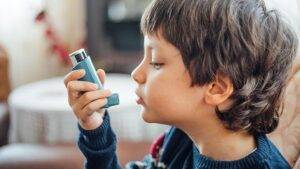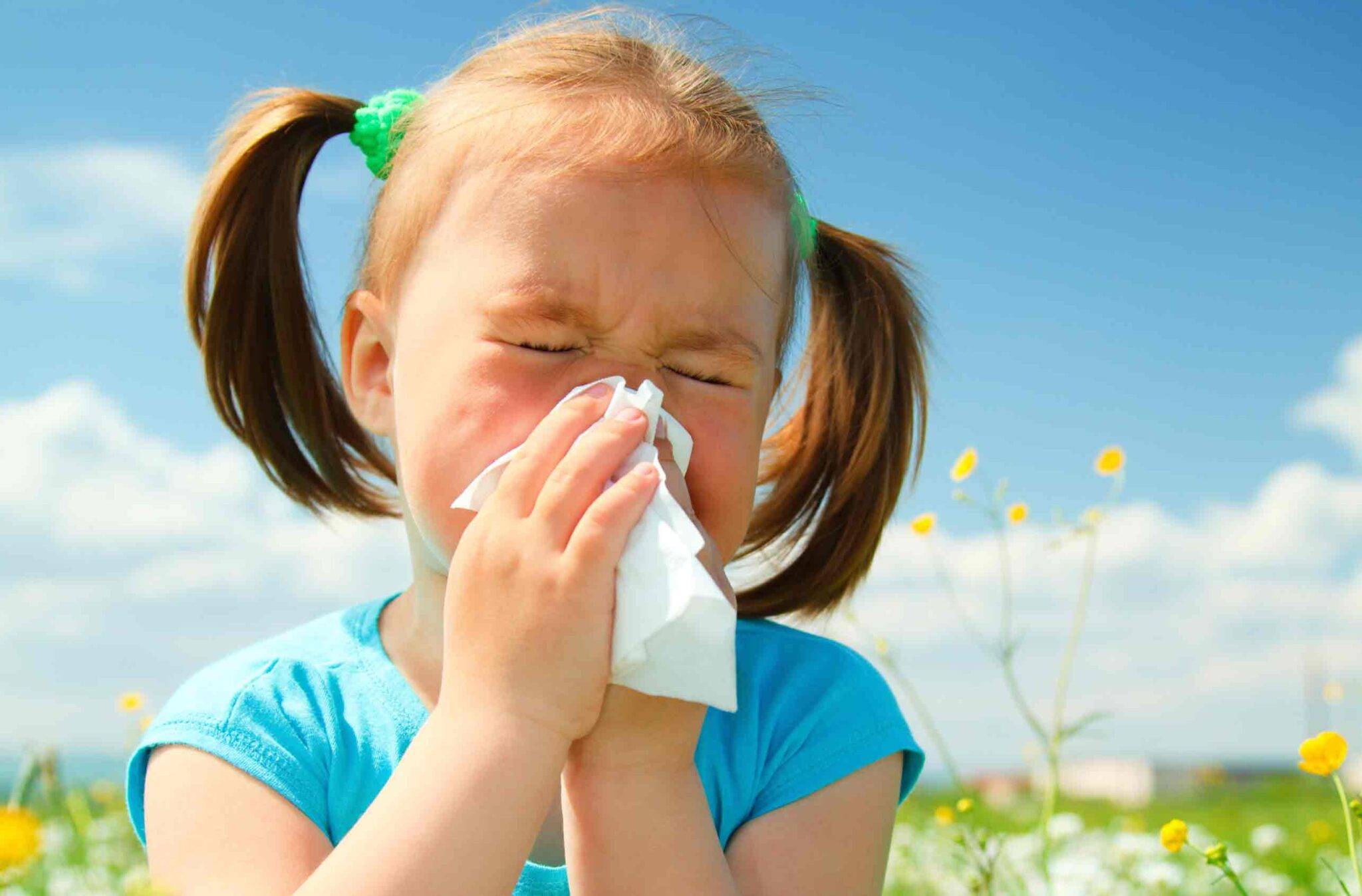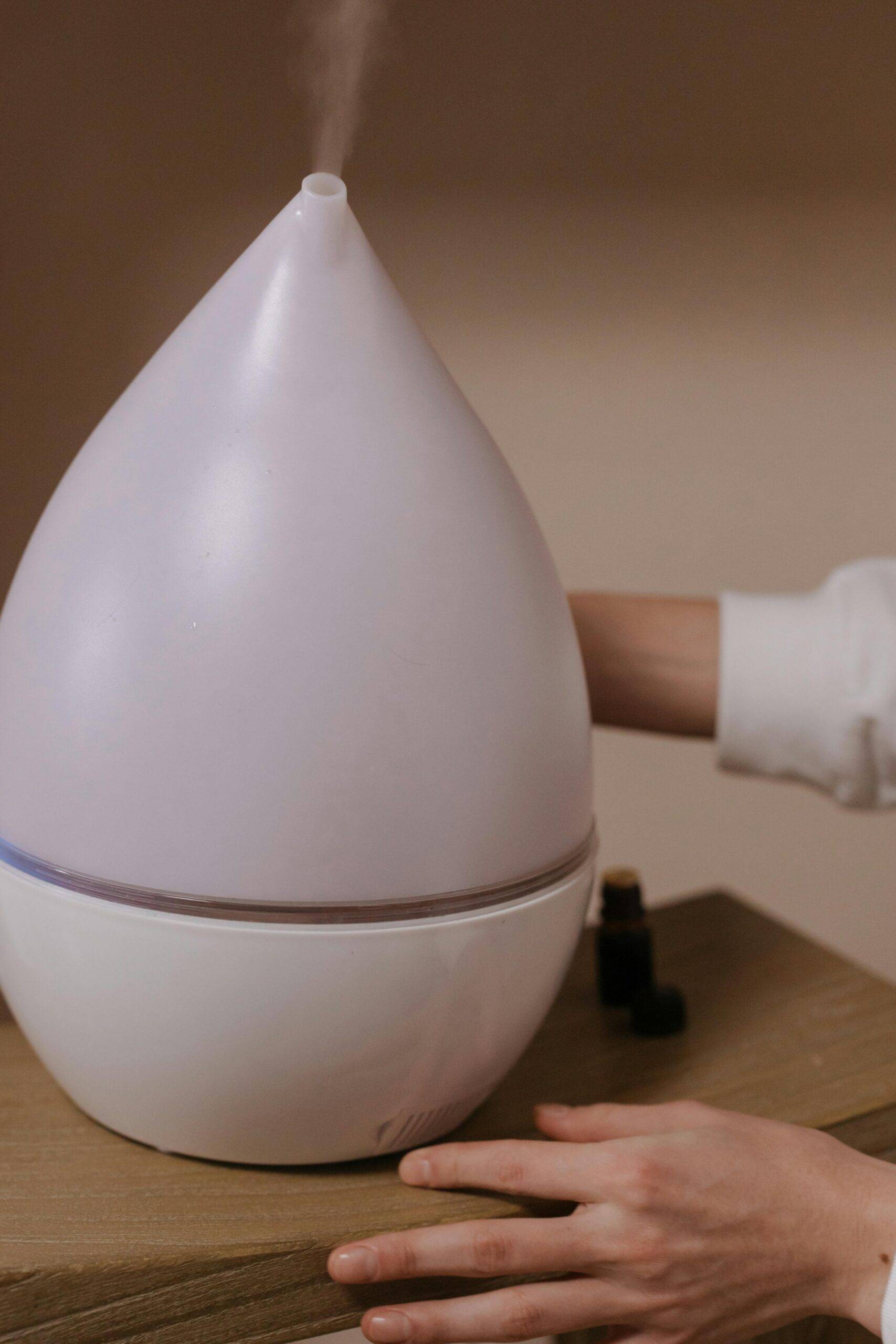Understanding Pediatric Asthma
Asthma is a chronic disease that makes breathing difficult for kids. It inflames and narrows the airways, causing wheezing, coughing, chest tightness, and shortness of breath. Symptoms range from mild to severe. According to the CDC, over 6 million US kids had asthma in 2018. It’s the #1 reason for missed school days, ER visits, and hospitalizations among children. The good news? With proper management, kids can live active, healthy lives.

Key Factors for Managing Kids’ Asthma
Managing pediatric asthma takes teamwork between providers, patients, and caregivers. Here are key factors:
Comprehensive Education
Educate patients and families about:
– Asthma causes, symptoms, treatments
– Maintenance vs rescue medications
– Inhaler technique
– Identifying and avoiding triggers
– Recognizing early symptoms
– When to seek emergency care
With this knowledge, families can successfully manage asthma day-to-day. Provide info at visits and refer patients to educators or support groups.
Identifying and Avoiding Triggers
Triggers worsen asthma symptoms and cause attacks. Common ones include:
– Colds/flu
– Tobacco smoke
– Air pollution
– Indoor allergens like dust mites or pet dander
– Strong odors
– Weather changes
– Exercise
– Strong emotions
Work with families to ID the child’s unique triggers. Advise lifestyle changes to limit exposure when possible. Use allergen-proof bedding, limit outdoor time on high pollution days, etc.
Medication Adherence
Daily maintenance meds control inflammation. Rescue meds provide quick relief for symptoms. Ensure patients/caregivers understand:
– The difference between maintenance and rescue medications
– Correct technique for inhalers, spacers, nebulizers
– Importance of taking maintenance meds daily, even when symptom-free
Non-adherence increases flare-ups. Have patients demonstrate inhaler technique. Consider tools like mobile apps to improve adherence.
Asthma Action Plans
Action plans outline managing worsening symptoms. Include:
– Child’s triggers
– Usual symptoms
– Medications and dosages
– Emergency contacts
– When and how to take rescue meds
– Signs indicating emergency care is needed
Update yearly and provide copies to schools, caregivers, etc. Review at every visit.
School and Caregiver Involvement
Successful management requires schools and caregivers understand treatments and action plans.
– Send action plans to schools. Ensure staff understand.
– Allow caregivers to ask questions and demonstrate medication technique.
– Provide your contact info so schools/caregivers can reach you.
– Obtain releases to discuss health with schools/caregivers.
– Educate on common triggers at home and school.
With teamwork, kids get consistent care at home, school, and healthcare settings.
Special Considerations by Age
Asthma looks different across ages. Consider development when managing asthma in:
Young kids (0-5 years):
– Difficulty verbalizing symptoms
– Common triggers are colds/flu, allergens, tobacco smoke
– May use nebulizers over inhalers
– Caregiver administers medication
Older kids (6-11 years):
– Growing independence in self-care
– New triggers from activities
– Peer pressure influences behavior/adherence
– Anxiety or depression
Teens (12-17 years):
– Desire for normalcy
– Medication nonadherence
– Risk-taking behaviors like smoking
Work with each child/family to navigate developmental factors. Leading with empathy builds trust and adherence.

Why Pediatric Asthma Management Matters
With proper diagnosis, education, monitoring, and treatment, pediatric asthma can be effectively managed. Benefits include:
– Fewer asthma symptoms
– Less missed school
– Fewer ER visits and hospitalizations
– Better quality of life
– Lower healthcare costs
Poor management causes unnecessary costs. Asthma accounts for:
– 1.6 million kids’ ER visits yearly
– 200,000+ pediatric hospitalizations yearly
– 14.4 million missed school days yearly
Proactive management provides better long-term outcomes. By partnering with patients, caregivers, and schools, we can optimize control and help kids thrive.
Here at Omega Pediatrics, we are able to provide some of the Asthma care virtually via online telemedicine but not always. Sometimes the child has to come in physically.



